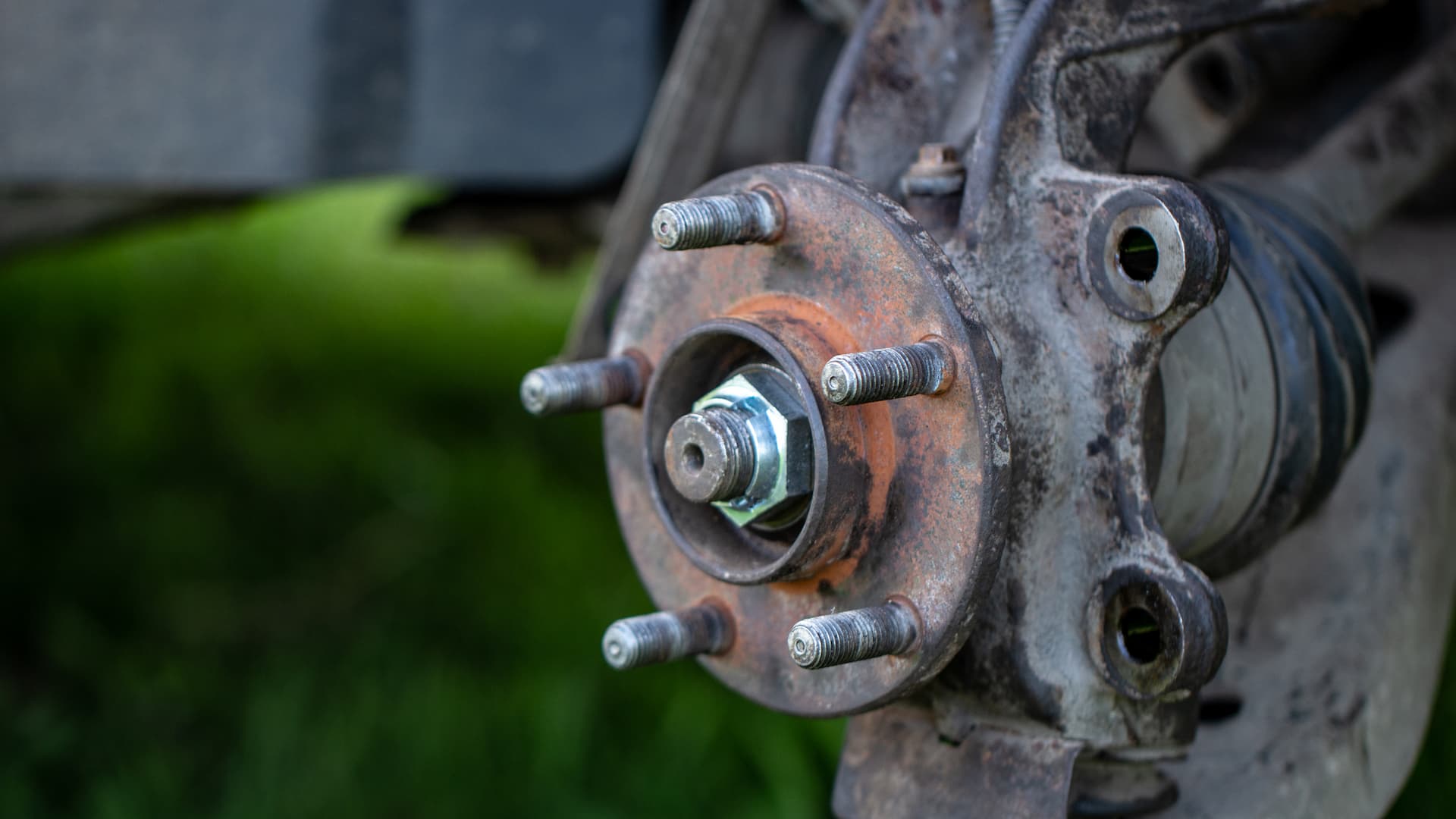4 Traction Control System FAQs
Here are some essential queries related to the traction control system and their answers:
1. What Is The Traction Control System?
Traction describes the tire’s grip on road surfaces. The traction control system helps your vehicle accelerate, especially from a stopped or slowed position, and prevents wheel slippage by limiting wheel spin.
The traction control system usually works with the ABS to enhance vehicle safety. In some vehicles, the traction control system shares the same control module as the ABS, while in others, it’s a separate module positioned near the trunk area.
The traction control system works with components like the:
- Master cylinder containing brake fluid
- Brake pedal to pressurize the brake fluid to slow down the vehicle
- Devices to apply braking force on the wheels
2. How Does The Traction Control System Work?
The traction control system doesn’t have any hardware of its own to help gain traction and prevent wheel slip. So, the TCS uses ABS hardware like sensors, braking devices, etc.
Here are the two ways in which a traction control system works:
- A wheel speed sensor monitors each tire’s rotational speed. The traction control module analyzes this data and works with the ABS to control the wheel speed as needed.
- The TCS also slows down your vehicle by reducing engine power. It does so in multiple ways, such as lowering fuel supply, limiting throttle, etc.
Note: Most new vehicles have cruise control features. It’s wise to turn it off in bad weather conditions as traction control systems don’t usually work in cruise control mode.
3. Why Is My Traction Control Light On?
The traction control light (TCL) can turn on for the following reasons, and it’s not always bad:
- TCL stays on in bad weather: If the TCL flickers or shows up for some time in bad weather, it means the TCS is working to control your car on slippery roads.
- TCL stays on in good weather: If the traction control light stays on even in good weather, then something’s wrong with your TCS.
- Flickering TCL: If the TCL flickers in good weather, it indicates a hard-coded or deteriorating traction system. Faulty wheel-speed sensors may also cause flickering traction control lights.
- TCL turns on and stays: If TCL goes on after you start your engine and stays on without flickering or blinking, your TCS might be deactivated, and there’s no traction control available.
Always check your owner’s manual to know what your traction control indicators mean.
4. What’s The Difference Between Traction Control System And Stabilitrak?
Traction control is designed to help with traction in bad weather or when your car is accelerating. It measures and controls wheel spin through the ABS sensor.
Meanwhile, the StabiliTrak system is a modernized version of the traction control system developed by General Motors. The StabiliTrak system controls wheel spin and even alters your vehicle’s trajectory. For this, it uses all hardware of TCS and ABS, along with a few additional sensors like the wheel speed sensor.
Similar to the traction control, any Stabilitrak malfunction can severely affect your car’s performance. So take your car to an expert when you spot the Service StabiliTrak light on the dashboard to check if everything’s running smoothly.







